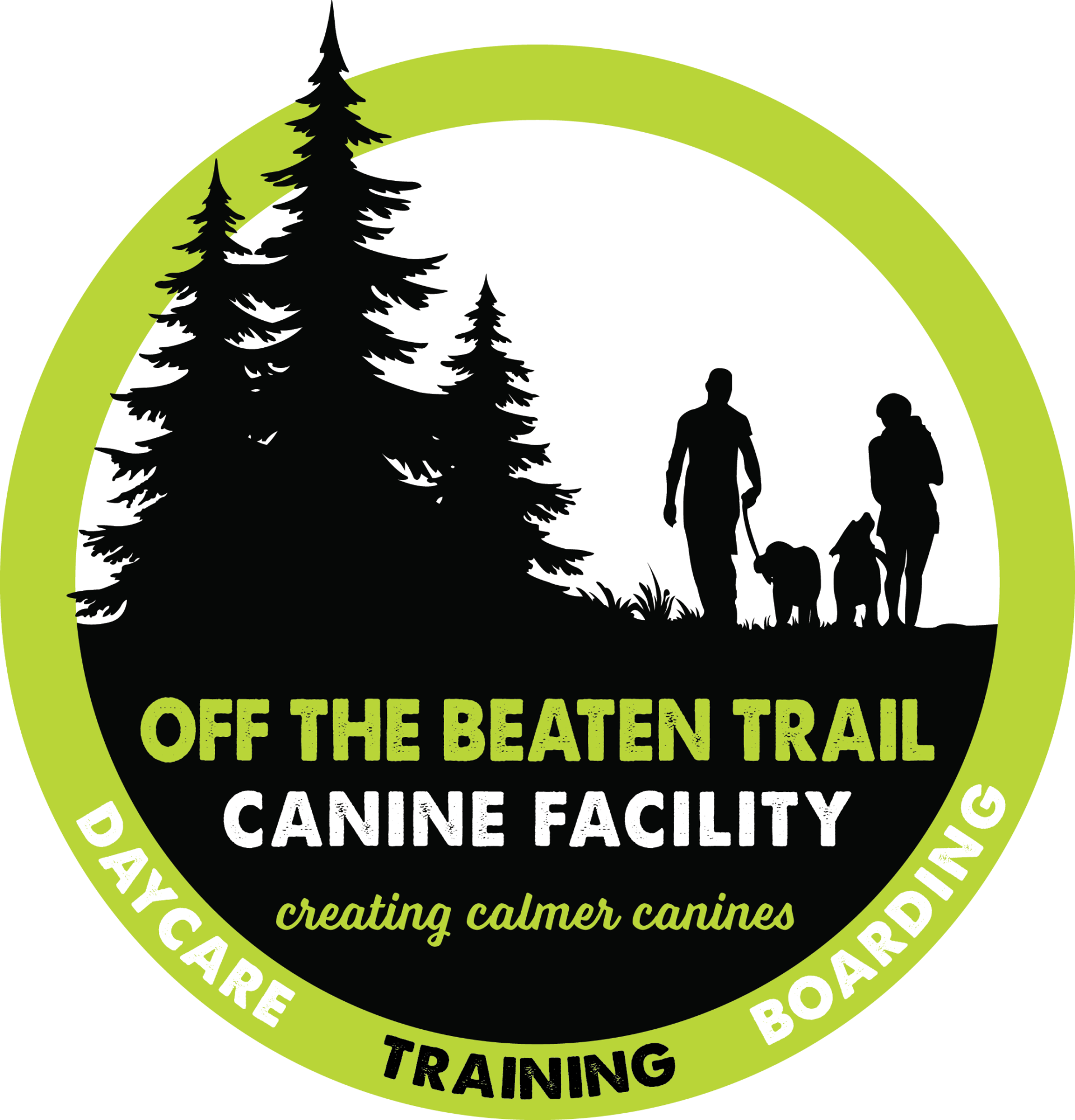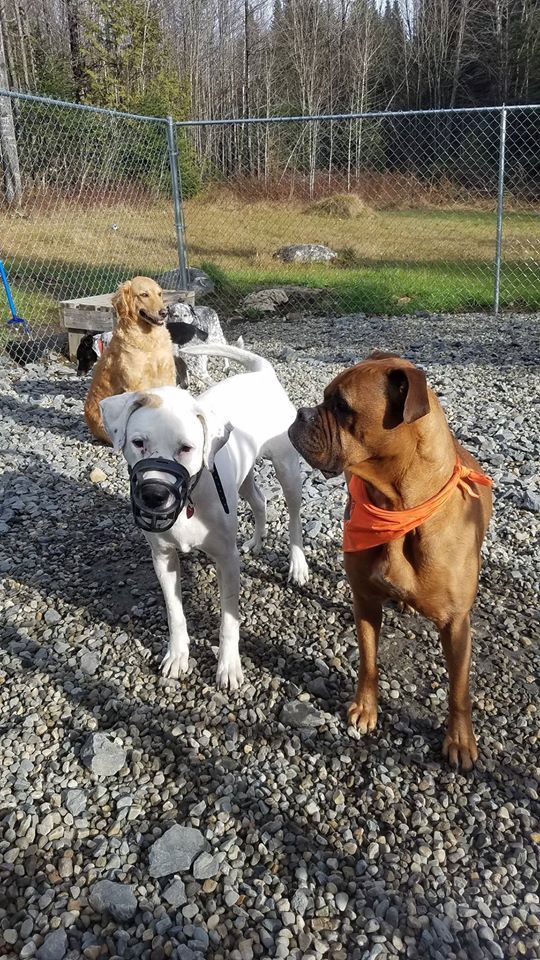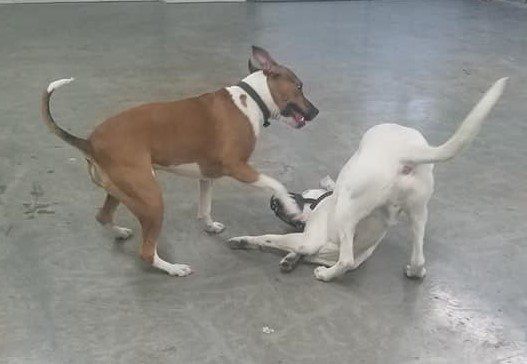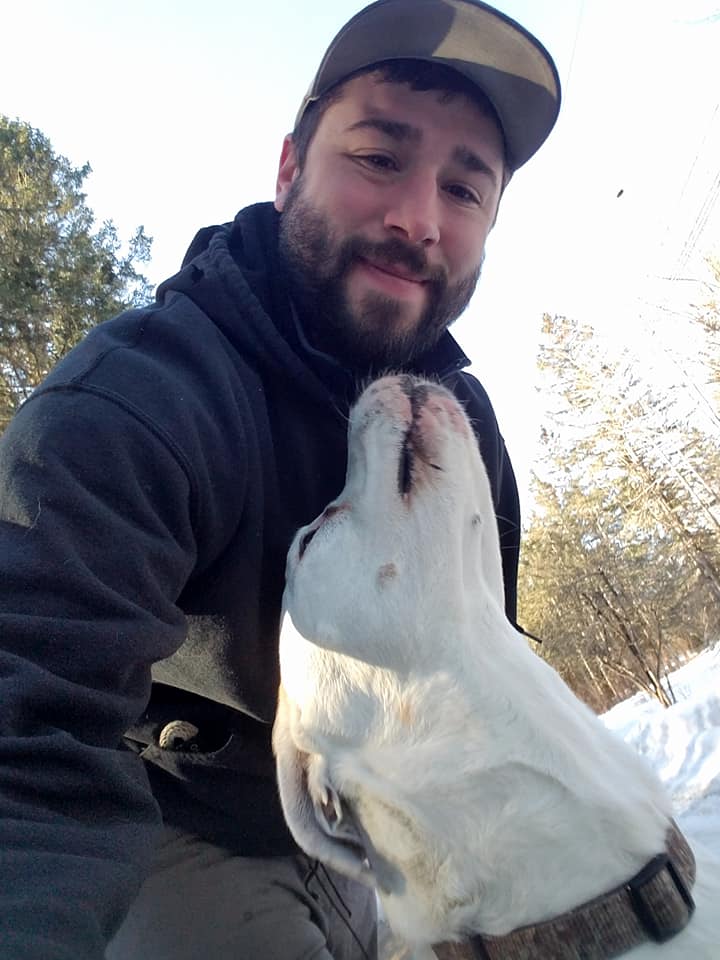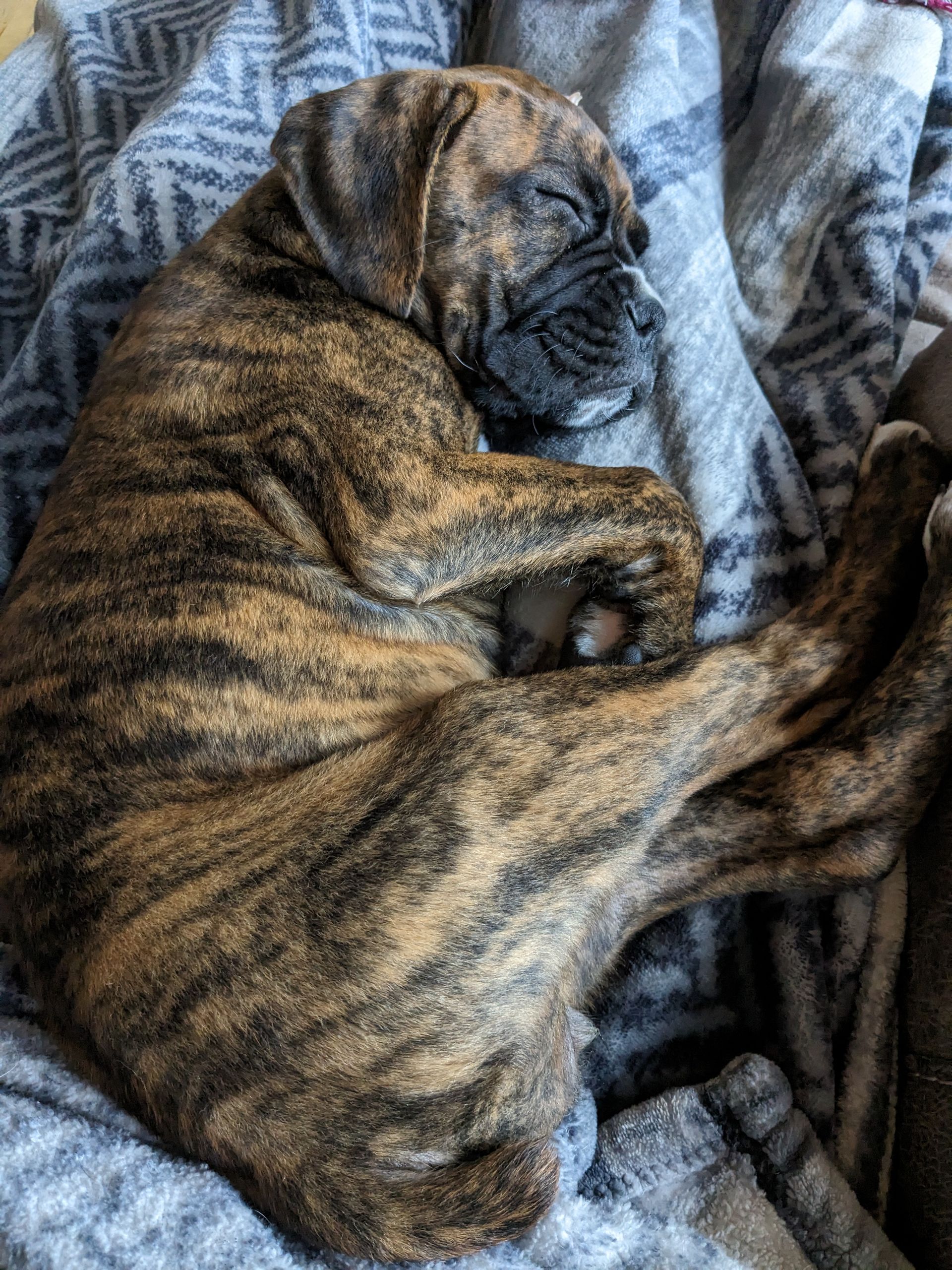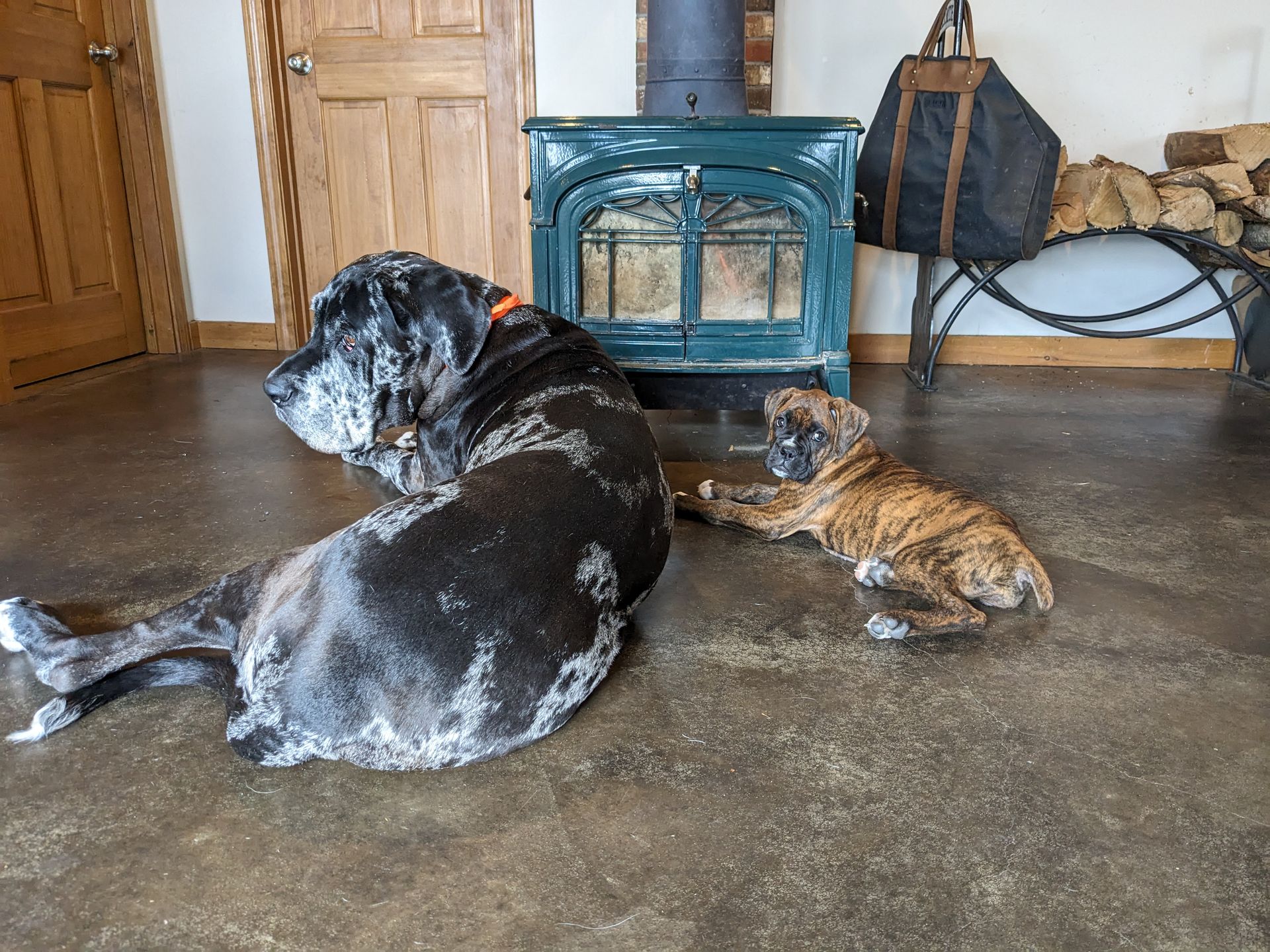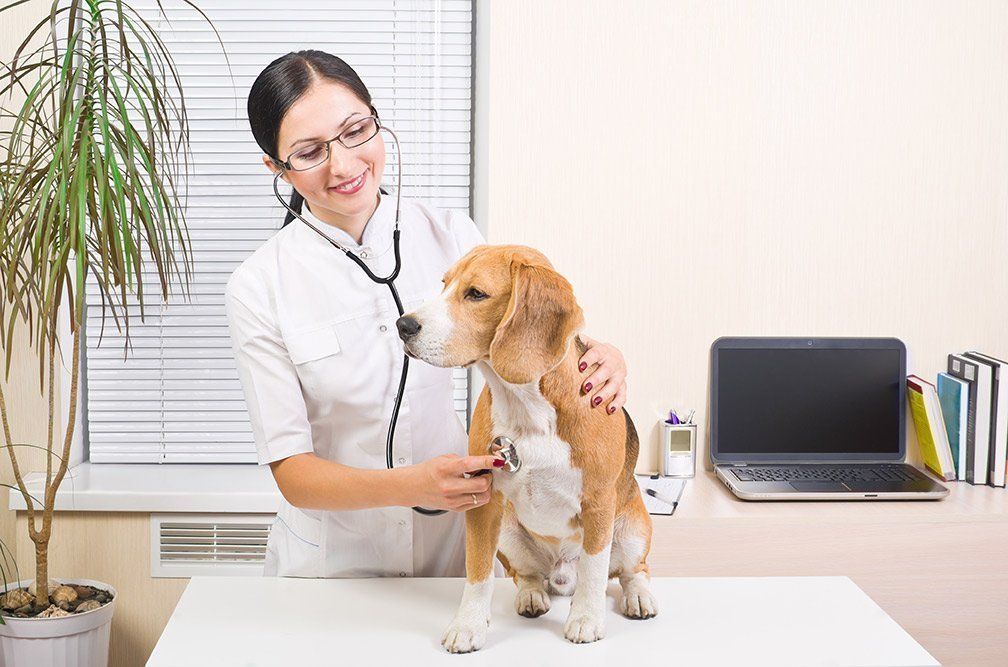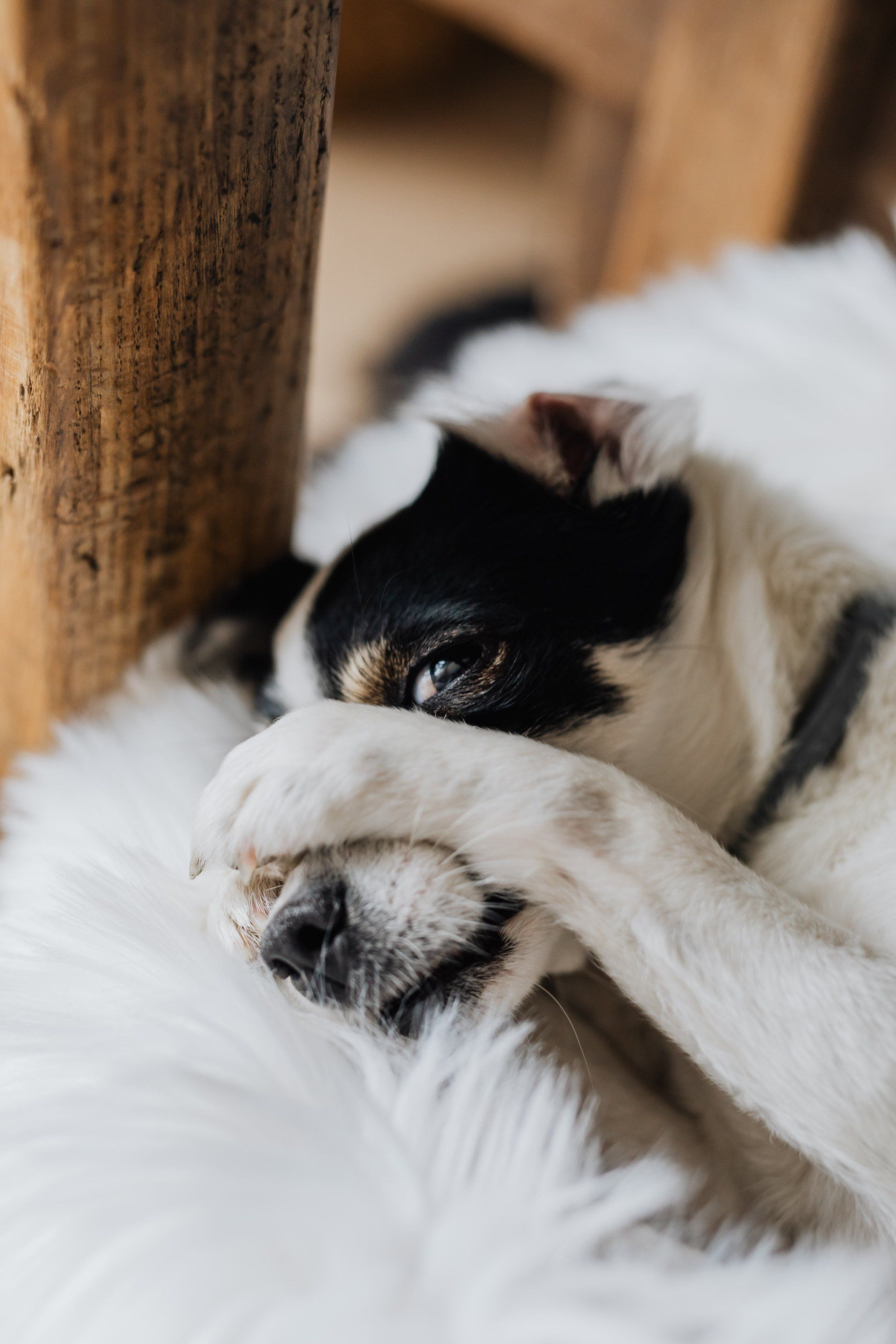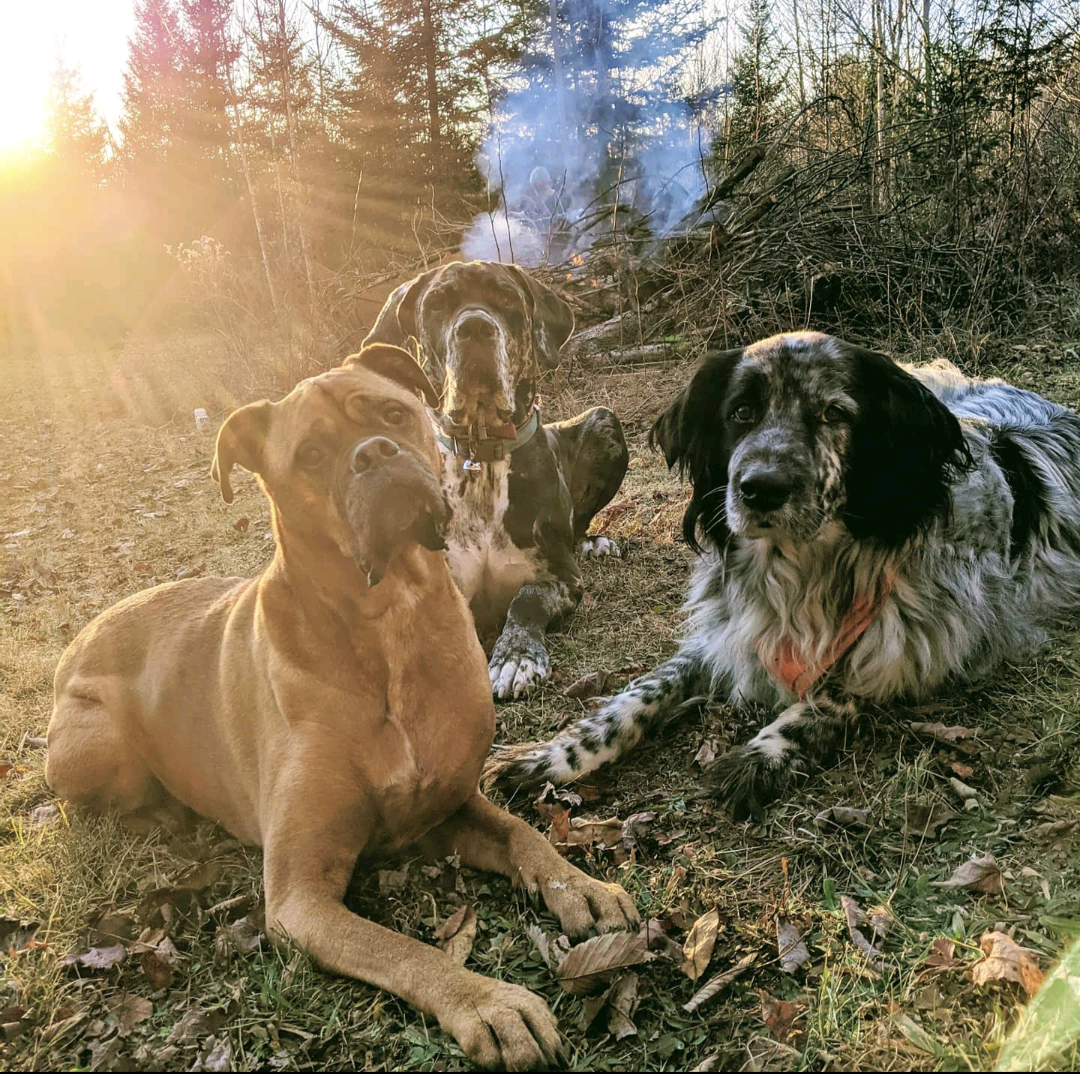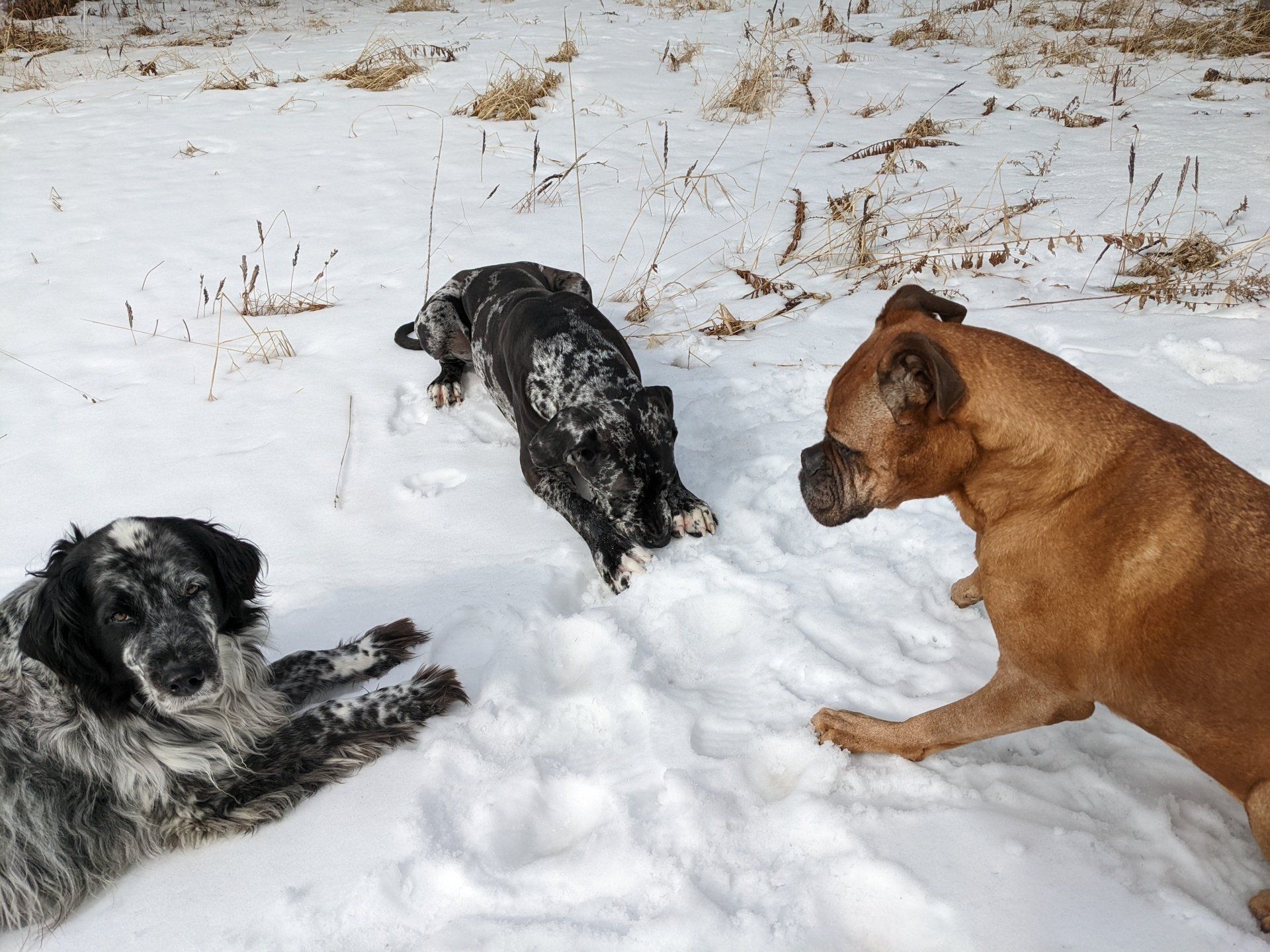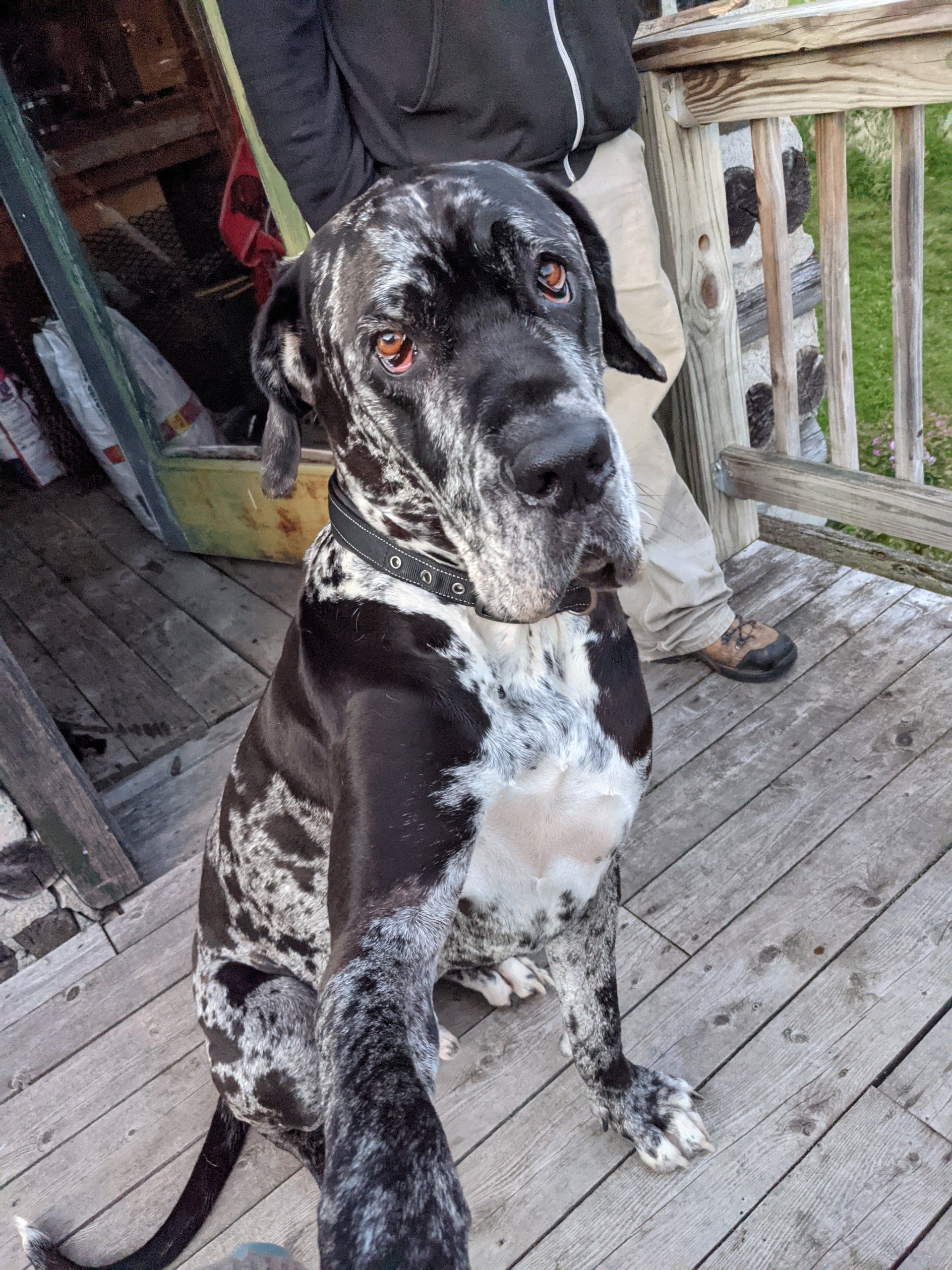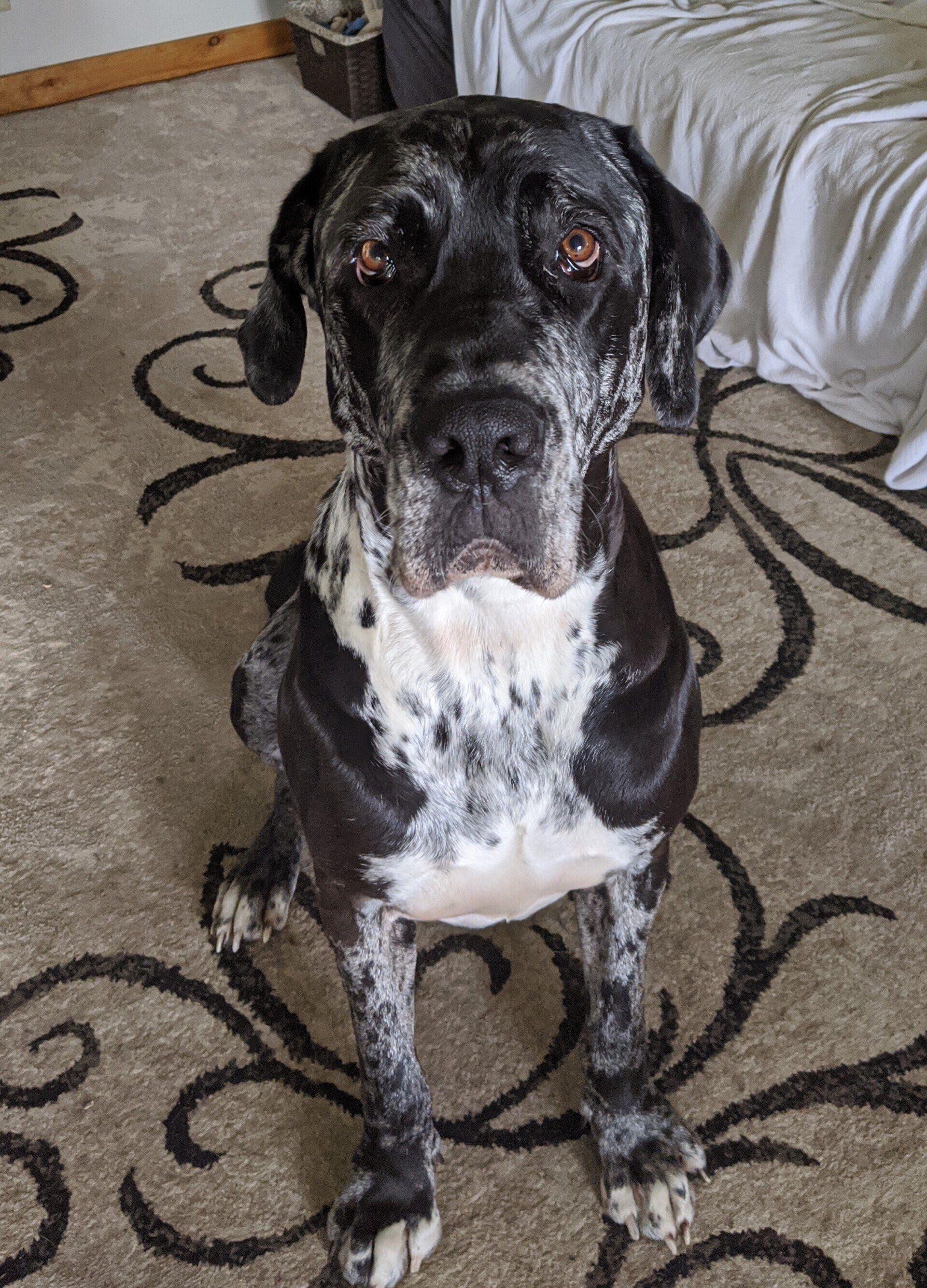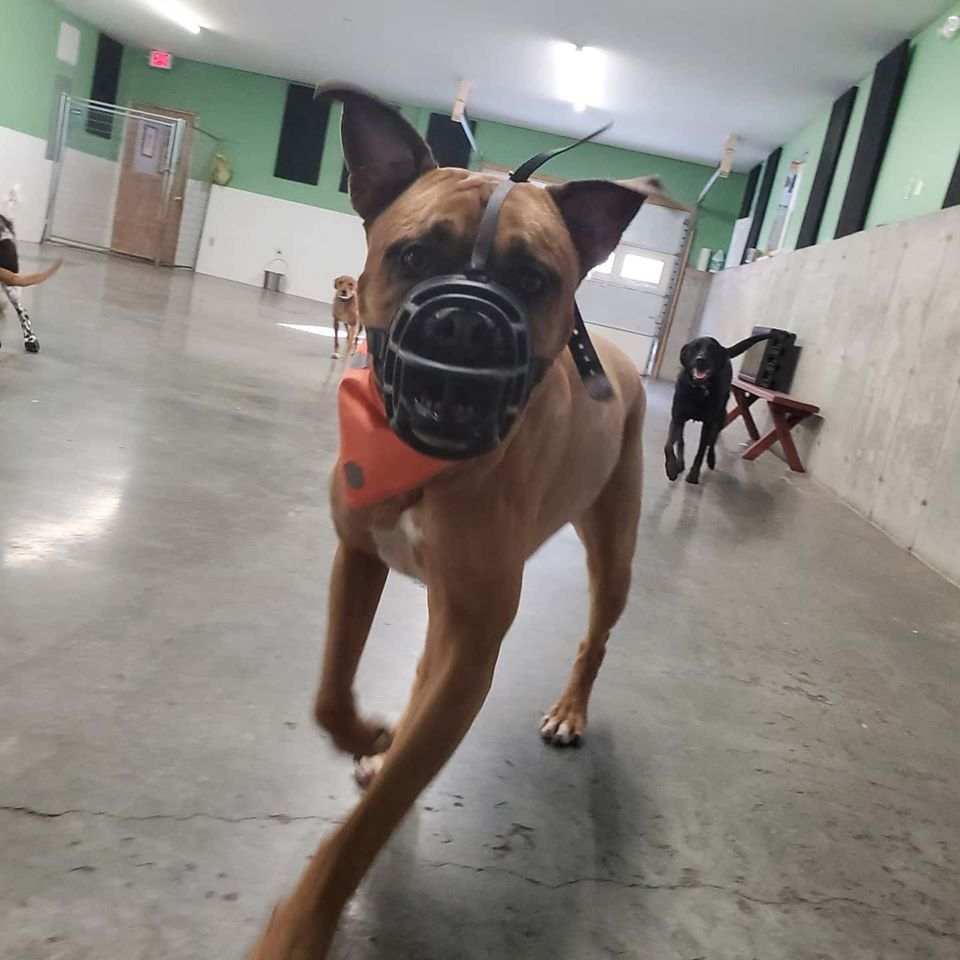Social Skills Save Lives
Gillian Scarpino
Duke's Story
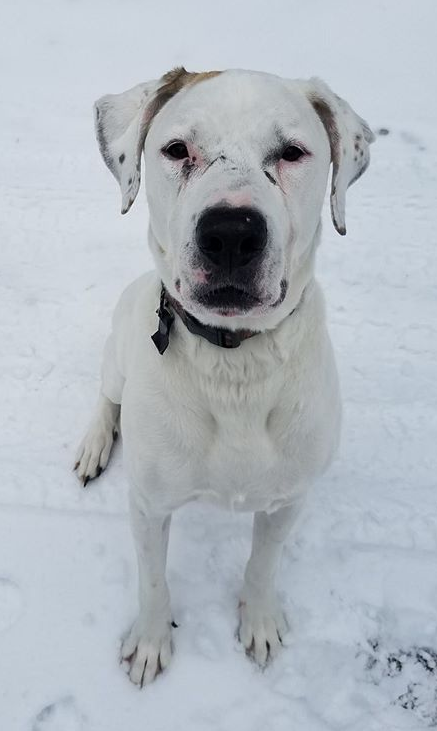
Yesterday, Jeff and I visited a local animal shelter to teach their staff and volunteers the hows and whys and whats of socializing dogs. The title of that workshop was called Social Skills Save Lives, and although this is what we do for a living, it’s emotional every single time we are able to show people what is possible with their dogs (and in this case, what was possible with many shelter dogs who had very little experience spending time with each other). Needless to say, I'm all fired up about this topic now!
Socialization is a very wide and very deep subject, so I wanted to narrow it down for this blog post and talk about something that many people have dealt with or maybe are currently dealing with: a dog who reacts or blows up when they interact with other dogs. Usually, the advice is to keep that dog away from other dogs. That would be considered a form of management and the route that many people choose. Allow me to paint a different picture for dogs (and their humans) who might have this struggle.
Let’s take our awesome kennel dog Duke as an example. Duke was surrendered to us exactly two years ago this month. It was not an easy decision for his owners, but Duke and their other large dog were not peacefully existing and they had one too many scary dog fights to know that their situation needed to change. Duke came to us as a 7-8-year-old dog who had never properly been socialized, who had spent a majority of his younger days in a crate, and who barked and lunged at every dog who walked by. The family that surrendered him was his second home, and we became his third. He is an American Bulldog mix, a beautiful, yet misunderstood and confused dog.
Duke became our biggest teacher in the world of socialization. It would be so easy to write an older dog off, saying he couldn’t possibly change his ways now. But we believed in the power of the pack, so instead of keeping him separate from the other dogs, we decided the other dogs could help teach him new ways to coexist. The thing is, we as humans just expect our dogs to know how to communicate, and unless they’ve spent time with other dogs, especially in critical growth periods as puppies, they are going to have a huge disadvantage. When dogs fly off the handle quickly, it usually means they have no idea how to get their point across in subtler ways. Instead of a light growl to let another dog know they are coming too close and it's making them uncomfortable, they go 0-10. They've never had success any other way, so it's all they know.
In the beginning, Duke relied heavily on his eyes to gain information about the world around him. He would just stare at other dogs, not knowing any other way to learn about them. He was stiff because he was scared and insecure, being around other dogs was new to him. Hard eyes and a stiff body sends a message to other dogs that this dog is serious and ready to fight. However, that wasn’t always what Duke was trying to communicate! He had nothing to go by, no baseline or positive experiences to build on. Do you see how easily things can be misinterpreted from every angle?
So, we started to teach him how to use his nose to solve problems using enrichment toys and getting him to seek for his food and treats. This took several weeks (and honestly months) until he would start to use his nose to smell another dog walking by his kennel, instead of his eyes. Dogs have incredibly powerful noses and teaching them to use them to gain information is absolutely critical in getting them out of that impulsive and reactive mindset, and into a more relaxed and coherent one.
Safety first… always. We muzzle conditioned
Duke (which means we taught Duke how to wear a muzzle by pairing it with high value treats.) He also started out on-leash. This would allow us to start introducing him to other dogs while making sure everyone would be safe. We started with just one or two dogs, introducing them slowly through the fence. Easy dogs that have fantastic social skills. If he reacted poorly, he would miss out on that chance to greet and have a social interaction. Dogs are social creatures naturally. Wolves are pack animals, and so are dogs. They want to be around each other, so not allowing them to socialize is a consequence of sorts.
Moving forward, he could suddenly let other dogs smell him and he could in turn smell other dogs. He was learning how to peacefully co-exist in small packs of dogs. He started avoiding conflict by walking away from situations instead of confronting other dogs. He never even knew he had that choice before! When other dogs started to initiate play, instead of panicking he would try and play back (albeit awkwardly and rigidly!). Slowly but surely, he was having some positive social interactions to build from. Every time he had a good social interaction, we would praise him.
Before we knew it, he was integrating wonderfully into our pack of dogs. Although he was kind of a loner at first, he kept softening and softening, getting looser and looser as he learned how to play with some of his favorite regular visitors. He finally had an outlet to get some energy out, and was finally able to get some deep sleep (side note: reactive dogs often are not getting enough sleep. They are constantly on edge and running on adrenaline, which makes it difficult for them to fall asleep, which perpetuates the lack of sleep, etc). Sleep brings out a whole new side to dogs, you can learn more about that
here.
Today, he is a 9-10 year old dog who spends his days in packs of dogs (muzzle on – always) playing, taking naps, and just BE-ing with up to 30 other dogs every day. He is always using his nose to smell the ground, the air, other dogs, etc, and he has become part of our family up here.
As you can see, the power of the pack is incredible. It can bring nervous dogs out of their shells. It can teach scared or frustrated dogs to calm down and loosen up. It teaches all dogs to communicate at lower levels by giving them opportunities to try things out and learn from them. When they start to develop confidence in their own abilities to initiate play, say “I’m uncomfortable, please move away”, and to have other dogs respect them and listen to them, they start to learn how to trust – both other dogs and themselves.
In life, sometimes the only way out is through (oftentimes, right?) So, if a dog is reacting to other dogs it often means he is scared and unsure. Other dogs are a source of unknown for them, and it’s normal to fear the unknown. Allowing those dogs to develop coping mechanisms one positive social experience at a time will have a tremendous impact on who they become. Sometimes, it is even life or death.
Social Skills Save Lives.
Teaching dogs to communicate and to make better decisions around each other is an integral piece of dog training. We have yet to find another tool more powerful than our pack. We couldn’t do this without them and continue to learn from them every single day.
